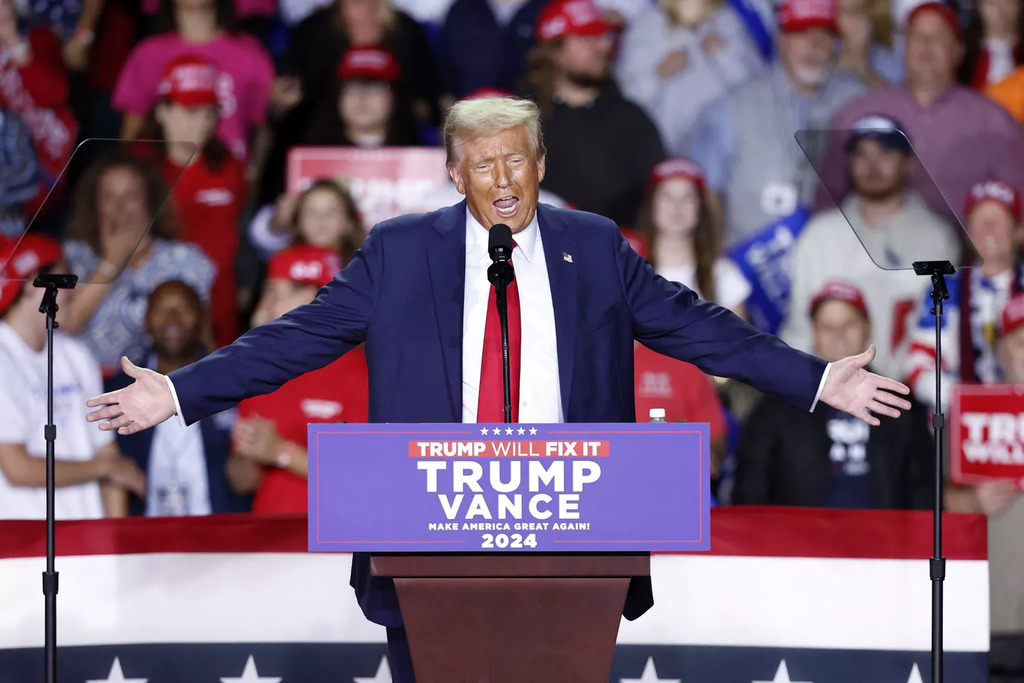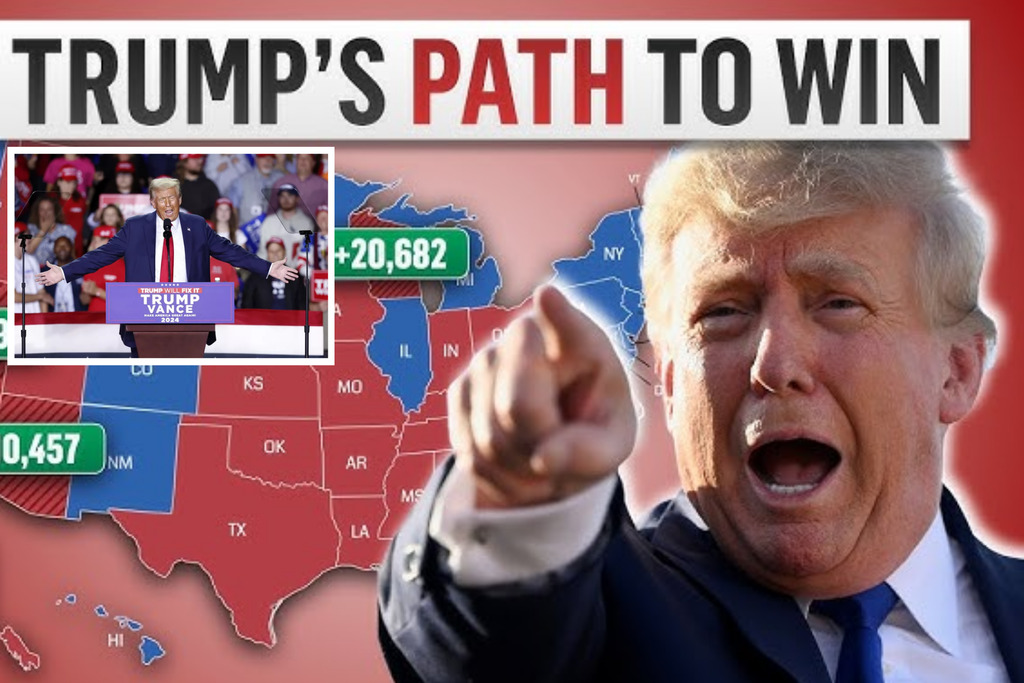
Donald Trumps victory in the 2024 presidential election sets the U.S. economy on a course shaped by his agenda. Heres what that means.
The Associated Press called the election for the former president on Wednesday morning after a projected win in Wisconsin showed him with an insurmountable lead over Vice President Kamala Harris in the Electoral College.1
His victory has immediate and longer-term consequences for the U.S. economy. In the short run, the U.S. avoids the uncertainty and disruption that a delayed result could have caused. In the longer run, Trump will have the chance to implement the vision laid out during his campaign, though his ability to do so will depend on which party controls the House of Representatives, and several of those races have yet to be called.
What Is Trumps Economic Plan?
Trumps economic plans, as he laid out during his campaign, could dramatically reshape the U.S. economy. Trumps agenda focuses on tax cuts, cutting regulations, imposing heavy tariffs on foreign products, and deporting millions of immigrants.
Trumps major economic plans include:
What Do Economists Think?
Trumps economic agenda, if fully implemented, could stoke inflation and add to the federal spending deficit, according to multiple analyses by economists and other experts. If Democrats secure control of the House of Representatives, Trump would have a harder time getting any of his tax proposals through but would likely be able to impose tariffs regardless.2
Higher tariffs would likely lead to higher prices on imported goods, according to numerous economic analyses. They would cost consumers up to $78 billion a year, according to an analysis by the National Retail Federation released just ahead of the election. For example, a toaster now priced at $40 would cost $48-$52 if Trumps tariffs are fully implemented.3
Deporting immigrants could also affect the economy by reducing the labor force, especially in the homebuilding industry, possibly leading to higher housing costs in the long run.
